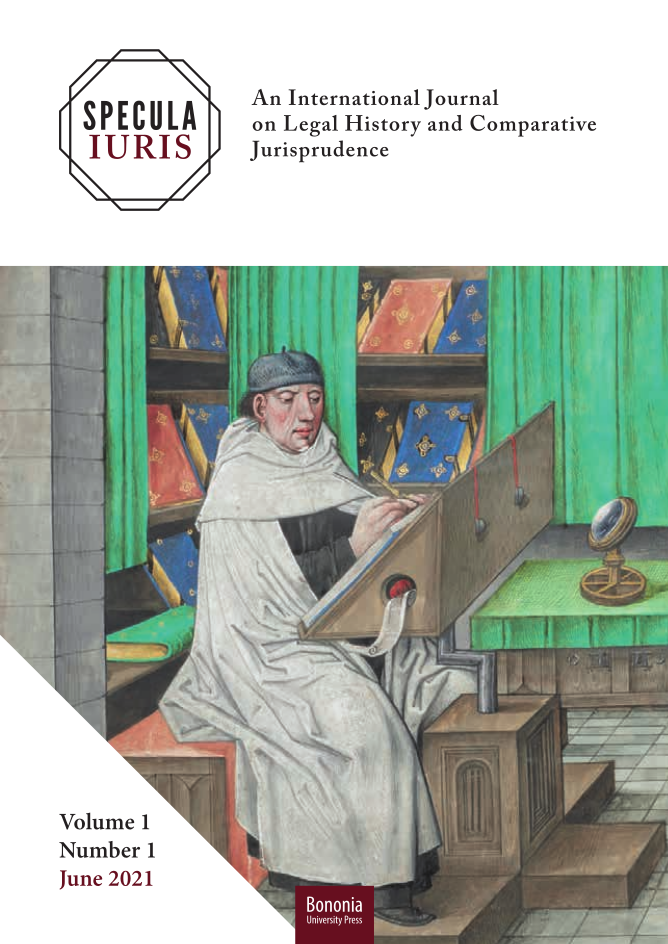Published 2021-06-21
Versions
- 2021-06-21 (2)
- 2021-06-21 (1)
Keywords
- canones, Concilio di Calcedonia, leges, storia del diritto canonico
How to Cite

This work is licensed under a Creative Commons Attribution 4.0 International License.
Abstract
The law of the Catholic Church, the ius canonicum, after the consolidation of the apostolic tradition and the emergence of the monarchical episcopate, has been formally structured mostly thanks to the decisions of the ecumenical councils. Despite the authority of the Roman law, in the 5th century C.E. and in particular on the basis of the decisions of the Council of Chalcedon (a. 451), a strong interaction between canones and leges was established: such reciprocal exchanges were balanced by an absolute autonomy in the respective spheres of competence of ius canonicum and ius saeculare.

